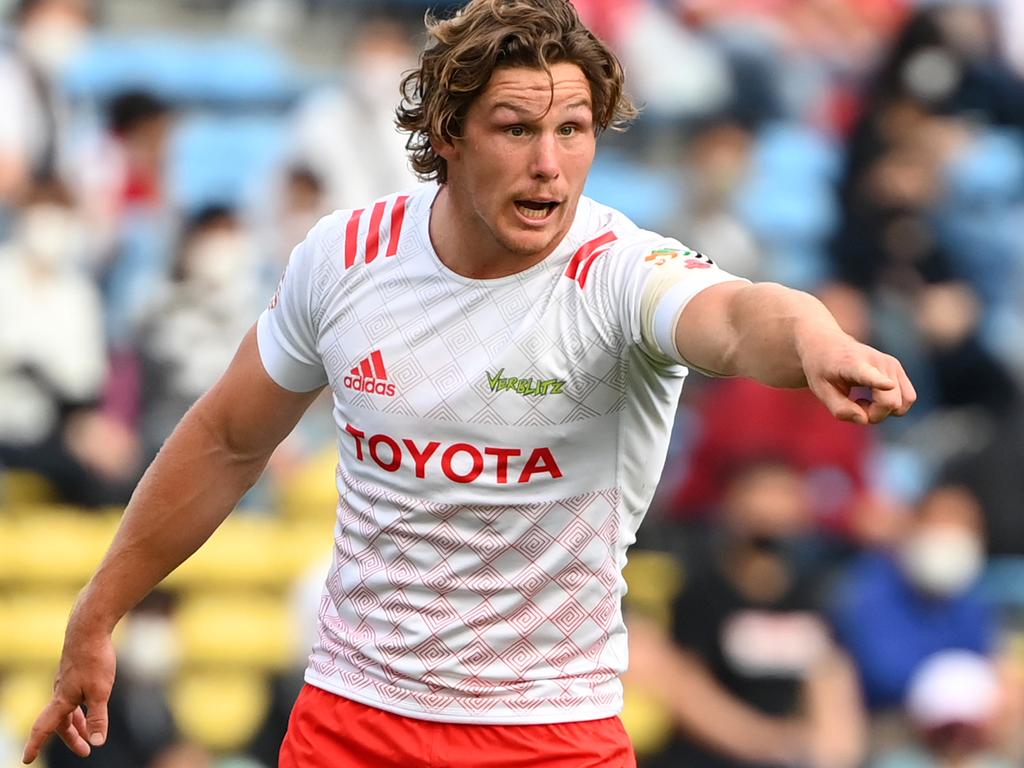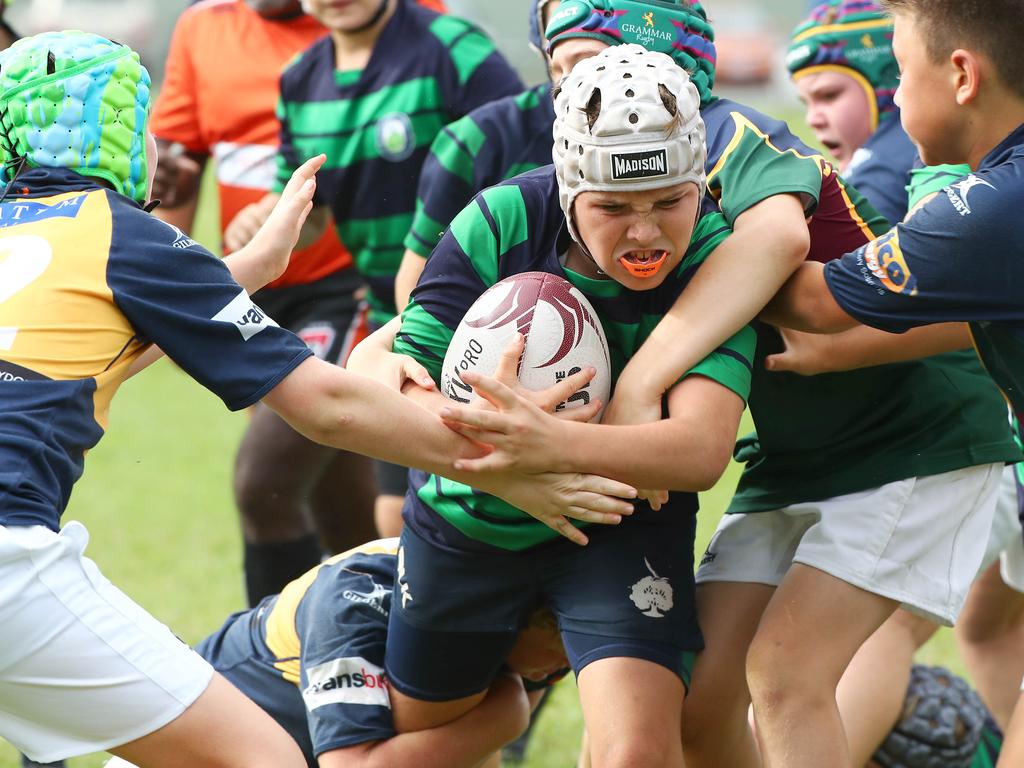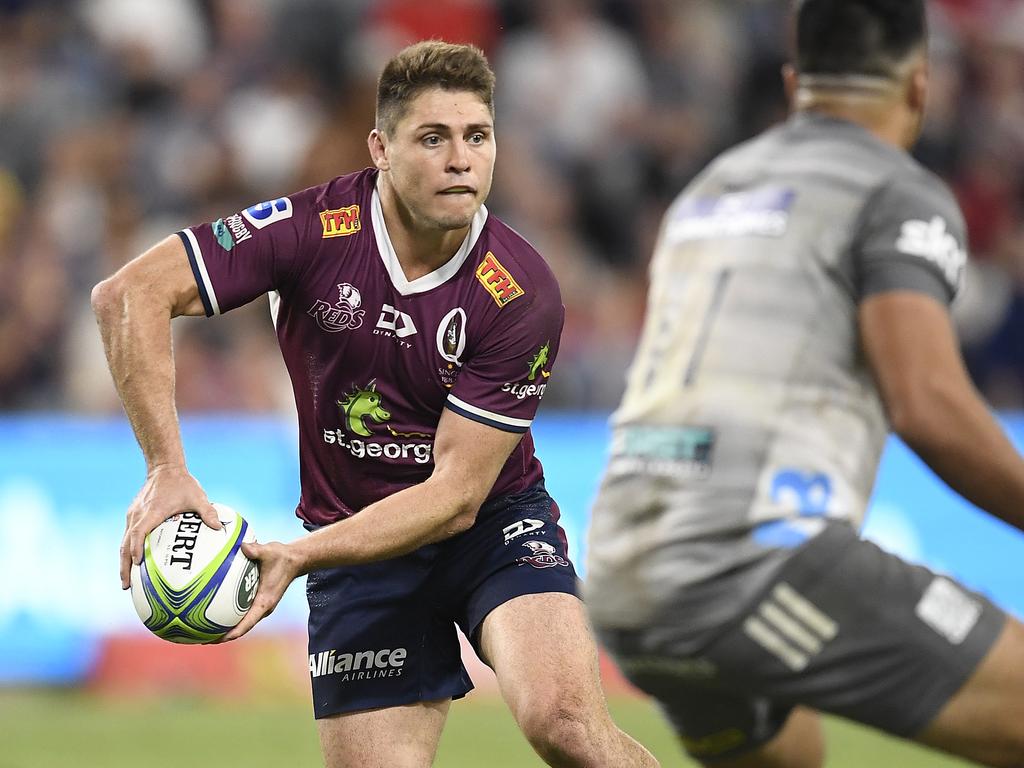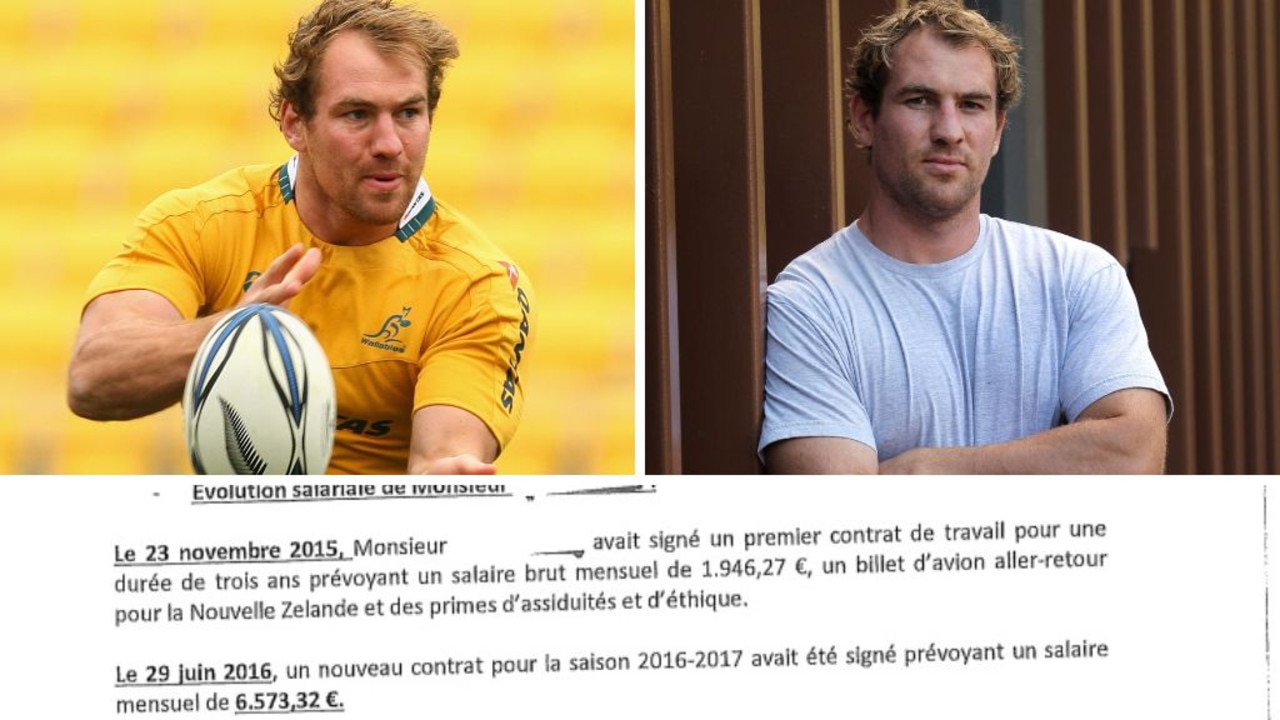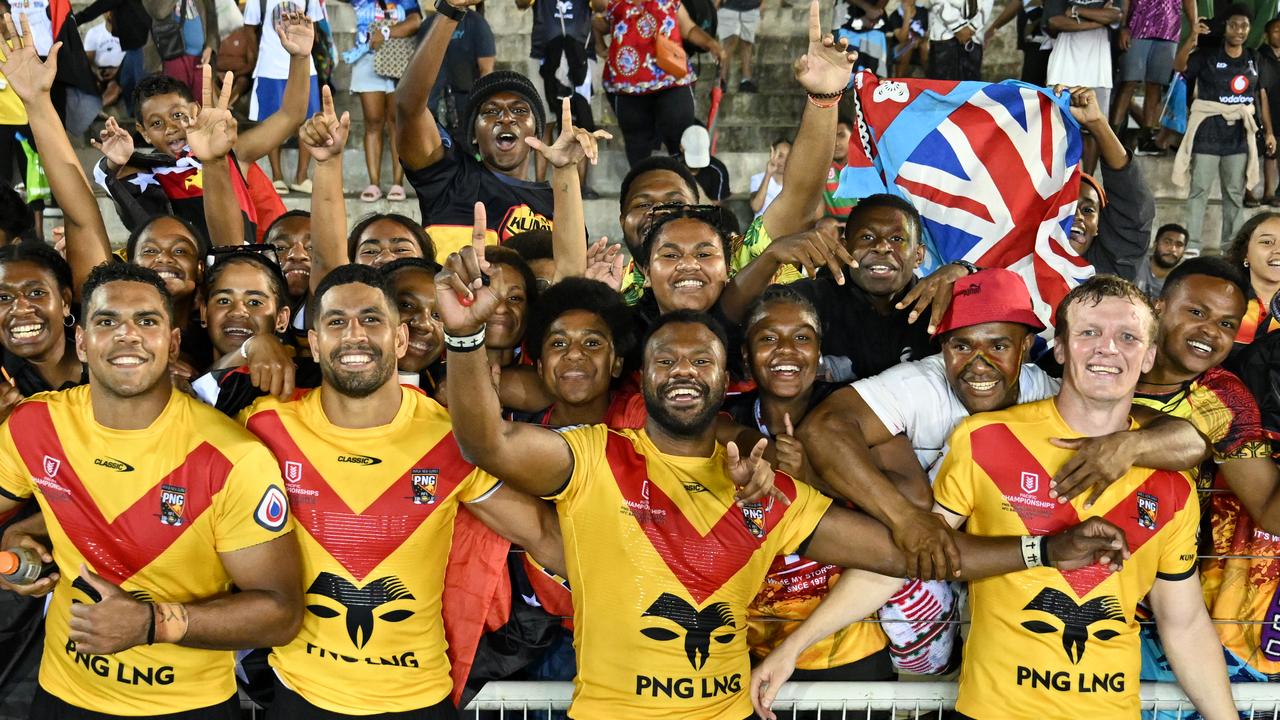Field of Dreams mantra rugby needs to adopt

Your comments from last week’s column regarding Michael Hooper and the captaincy of the Wallabies point to a wider issue emerging in Australian sport.
It’s most probably summed up by Barry: “If all Hooper wants is the cash grab in Japan, leave him there. Don’t have him as a Wallaby again.”
That may seem harsh, but cricket is facing the same problem, with seven Australian players pulling out of next month’s West Indies tour, after competing in the Indian Premier League.
Cricket greats such as Shane Warne and Mark Waugh have made the obvious comments that we don’t begrudge the players getting big money; but if you want the money and forgo playing for your country, you may not be the right person to wear the green and gold.
Readers were very supportive of my reference to Edward De Bono and the concept of lateral thinking. I argued that in rugby, as in education — and, after all, rugby is a form of education — teaching students to think creatively is equally the biggest yet the most rewarding challenge.
There is definitely a yearning in the rugby family for a return to the disciplined creativity exhibited by some of the great teams of the past. I call it the exercise of responsible spontaneity where the rugby imaginations of good players are allowed their full expression.
Another important concept tangentially related to the Edward De Bono principle found expression in the 1989 film, ‘Field of Dreams’.
Kevin Costner plays the role of the farmer, Ray Kinsella, who hears a voice and builds a baseball field in the middle of his corn field. The voice said, “If you build it, he will come”.
This phrase is now the catch cry for investment, in business and sport, all over the world.
This is precisely what outstanding community-minded people have done at Newcastle.
The trouble with too many people running the game is that they seem to have little sense of history.
It should be remembered that rugby union was once king in Newcastle and the Hunter, the dominant football code through the last decades of the 19th century and the early 1900s.
The lessons of history can’t be ignored. In 1909, there was widespread dissatisfaction with certain officials of the local rugby union bodies (does this ring a bell?) They were caught up in industrial troubles in the region’s coal mines.
Fourteen of the 31 players involved in the 1908-09 Wallaby tour swapped codes.
Newcastle swapped its allegiance to rugby league. Such was the scale of support for league that Newcastle seceded from the Sydney premiership it had joined in 1908 and established a local four-team Newcastle club competition. League never looked back; rugby struggled.
Nonetheless, the history books tell us that the first player from the Newcastle region to represent Australia was CJB White from the Maitland Club in 1899.
Then followed over 25 others, born and bred in Newcastle, including greats such as Cyril Burke, Terry Curley, Phil Hawthorne and John Hipwell.
Only people with no regard for history and less regard for our wonderful game would consider turning their back on Newcastle’s Wildfires who, last weekend, in the Sydney Rugby competition, defeated Manly.
Yet there are now moves afoot among the “old, established clubs” to stifle the growth of grassroots rugby by eliminating teams such as the Wildfires.
Sydney Rugby Union needs to understand, as do all rugby administrative bodies, that their job is to grow the game, not to eliminate opportunities and pathways. While such talk persists, sponsors are nervous, players are reluctant and the rugby family is bewildered.
Which brings me to Western Sydney where there is a “sporting arms race” and rugby is being left behind in Australia’s most populated area that is choc-a-bloc full of outstanding sporting talent.
Historically, Western Sydney has been rugby league territory. The Parramatta and Penrith clubs are fully committed to continuing that legacy.
The Penrith Panthers recently invested $25 million in a purpose-built academy facility which has produced NSW State of Origin stars Nathan Cleary, Jerome Luai, Stephen Crichton and Brian To’o, with a playing pool of around 10,000 juniors from which to pick.
Parramatta have committed to a new $40 million academy and training facility with a view to replicating the success of Penrith.
Soccer is investing in facilities in Western Sydney in a bid to secure a foothold in the country’s most resource-rich talent pool.
More kids play soccer than play any other sport in Australia. The Western Sydney Wanderers have committed to building a $20 million academy and training facility in Blacktown, an 11-hectare development with nine pitches, two grandstands, a gymnasium and offices.
Not to be outdone, the new Macarthur FC Soccer Club has unveiled plans for a new $60 million football Centre of Excellence at Fairfield.
The AFL’s Greater Western Sydney Giants have 10 academies across the western suburbs and rural NSW, looking to attract talented kids to play Australian rules football.
So what is rugby union doing in Western Sydney, which is awash with athletically gifted and talented kids?
We have no foothold in the region. We don’t even have a plan to tap in to this region’s talent pool.
To make matters worse, the existing rugby union clubs in Penrith and Parramatta are being actively undermined, just like Newcastle, as they attempt to survive in the middle of a battle for talent between the NRL, the AFL and soccer.
In order to grow participation, you must invest in facilities and people. Build it and they will come.
If you are the parent of a talented sporting child and you live in Western Sydney, these are your options:
• Rugby league will cost you $120 to register for the season and you will receive free coaching and a full playing kit;
• Aussie rules will cost you around $250 for the same package, with a football thrown in;
• rugby union will set you back $375 at most clubs for the same package.
So let’s say you have three children.
All three of your kids can play rugby league for the same cost as one of your kids playing rugby union. As the young ones say, “turn it up.”
If the cheaper option is rugby league, and there is a wonderful potential pathway through either the Penrith or Parramatta junior academies, it’s a no-brainer.
Here’s a thought … why doesn’t Rugby Australia find a philanthropist to stump up the sponsorship so that Australian kids can play rugby for free?
We need some big picture thinking and some inspired decision making if we are to elevate our game in a very competitive football environment.
Let’s be honest, rugby union in Australia is seen by most as a private schoolboys’ game.
We can change that if we want to, but it means expanding our footprint in Western Sydney and other high population growth areas, like South Brisbane and the Gold Coast.
Build it and they will come.

